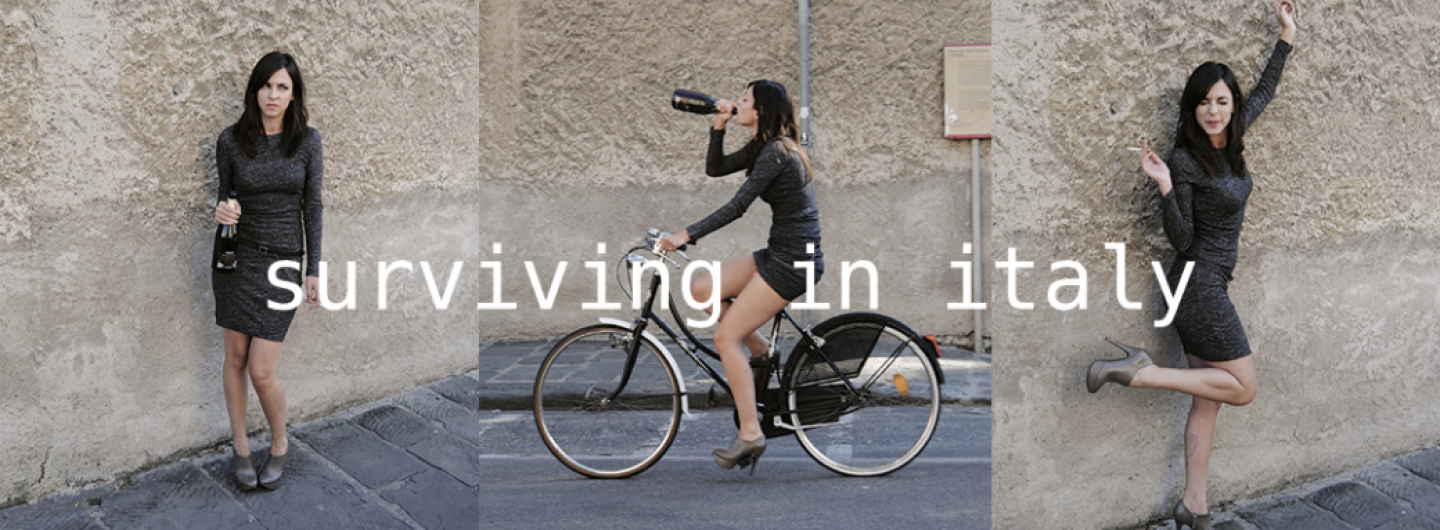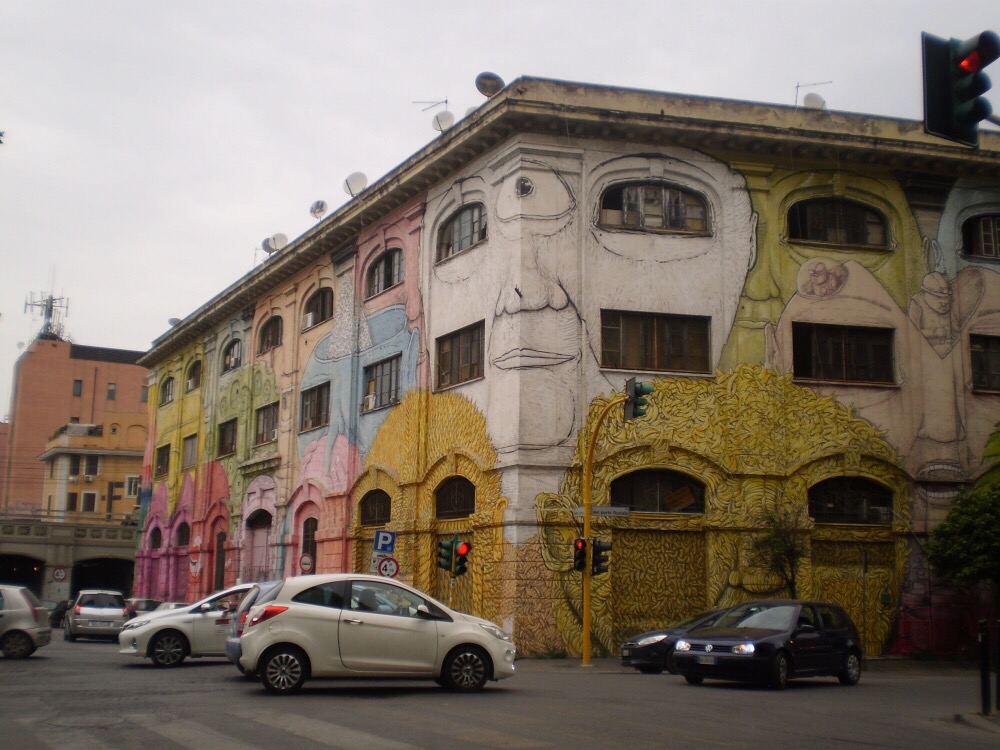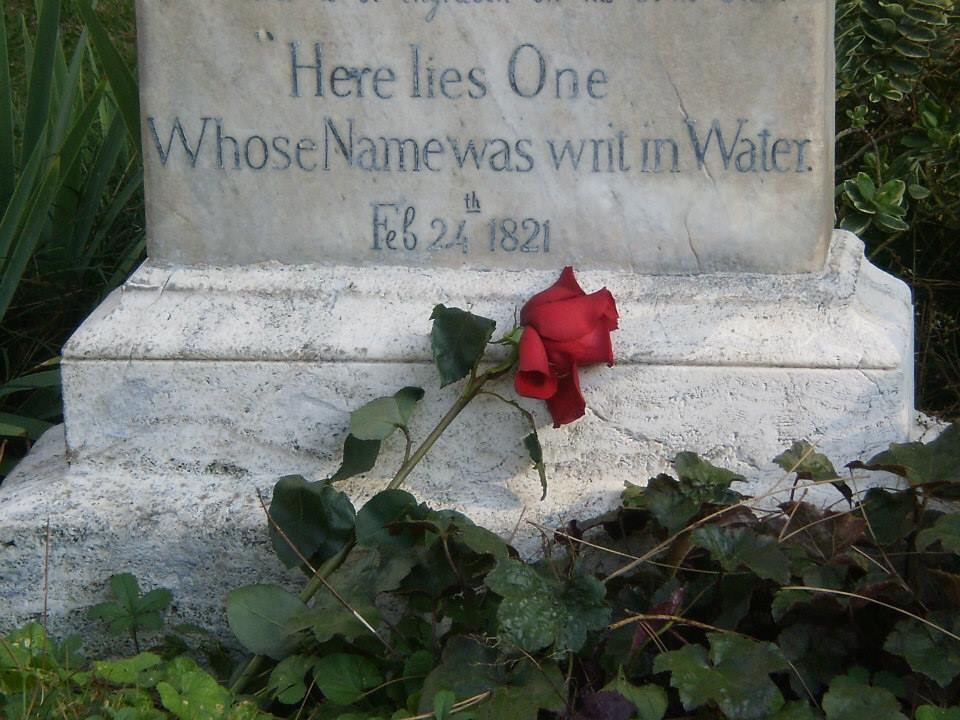You don’t want to be one of those tourists – paying €10 for a pizza in a restaurant near the Trevi Fountain, and ordering off a menu that comes in six languages. Pizza is great, but it shouldn’t cost €10. The Trevi Fountain is great too, but there’s so much more to see – fascinating Roman ruins and underrated art galleries that attract a fraction of the visitors they deserve. It’s easy to avoid the crowds in Rome, and if you go off the beaten path, you’ll get to see some of the most interesting parts of Rome, while paying less, eating more authentic food, and mingling with the locals.
I’m not an expert, but I’ve experienced Rome as both a tourist and an expat, having lived here for nearly three years. The advice below is the same advice I would give to any friend that came to visit me in Rome, especially if they were planning a more unconventional holiday. The people who think they’ve “done Rome” because they’ve seen the usual sights (the Colosseum and the Vatican) have no idea what they’re missing…
Roman History
Everyone knows about the Colosseum. Everyone knows about the Roman Forum and the Palatine Hill. But you probably don’t know about the House of Augustus, which remains one of the ancient city’s best-kept secrets, mainly because it’s not open to the public. This villa on the Palatine was the private residence of the emperor Augustus and his wife Livia. I recently went on a guided tour of the House of Augustus with Through Eternity (disclaimer: I also work for the company), and felt quite smug as I was whisked past the tourists in the Palatine, and guided into the labyrinthine ruins of the emperor’s house. There are stunning, brightly coloured frescoes everywhere, depicting theatrical masks, magical architecture and mythological scenes; the vivid frescoes in Augustus’s study are some of the most beautiful paintings I’ve ever seen. Visiting the House of Augustus is a rare opportunity to see well-preserved Roman art in its original context, rather than a museum or art gallery, and there’s something rather special about standing in the bedroom of an emperor.
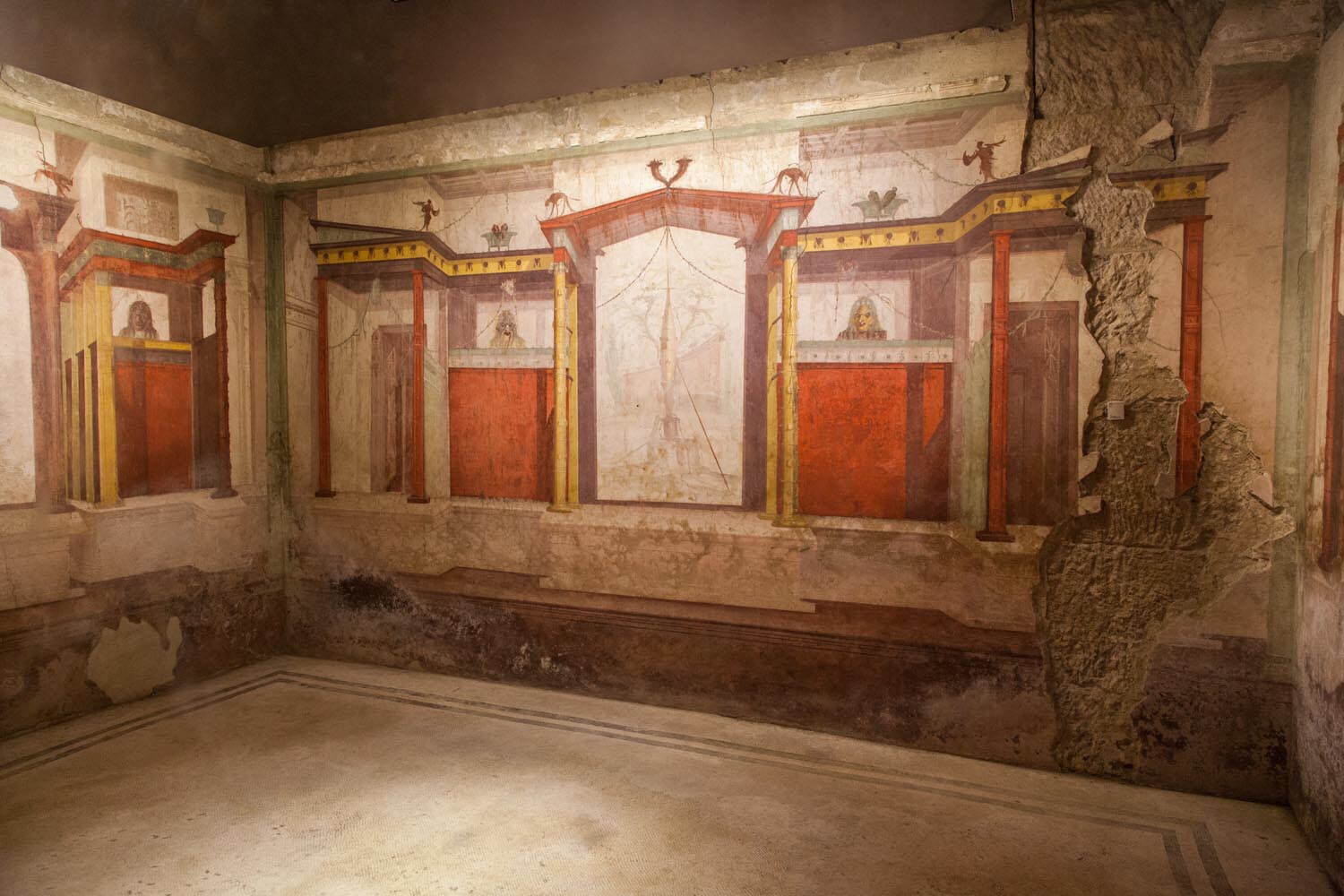
A very different imperial residence is occasionally open to the public. The Domus Aurea, Nero’s pleasure palace, was famous for its luxury, and infamous for the decadent parties that once took place there. At banquets petals fell from the ceiling, allegedly suffocating one unlucky diner. After Nero’s death, subsequent rulers tried to pretend the Domus Aurea had never existed – Vespasian covered up the lake by building the Colosseum – but large parts of the palace have survived. The Domus Aurea was rediscovered in the 15th century when a man tripped, fell in a hole, and found himself in the vast, frescoed rooms of Nero’s palace. Although some of the artwork has been badly damaged over time, a visit to the Domus Aurea these days is still an atmospheric experience. When it’s not closed for restoration work, you can book a guided tour of the Domus Aurea, and wear a safety helmet that makes you feel like an adventurer (or at least an archaeologist) for the afternoon.
The Baths of Caracalla are some of the most impressive ruins in Rome, but most tourists probably aren’t even aware of their existence. A walk past some uninspiring office buildings belonging to the UN leads you to the unexpected sight of some towering Roman ruins – the remains of enormous baths built in the 2nd century. Although the Baths of Caracalla have appeared in films – La Dolce Vita and La Grande Bellezza – and are famous for the opera productions that take place in the ruins every summer, they still remain something of an undiscovered secret for the majority of tourists.
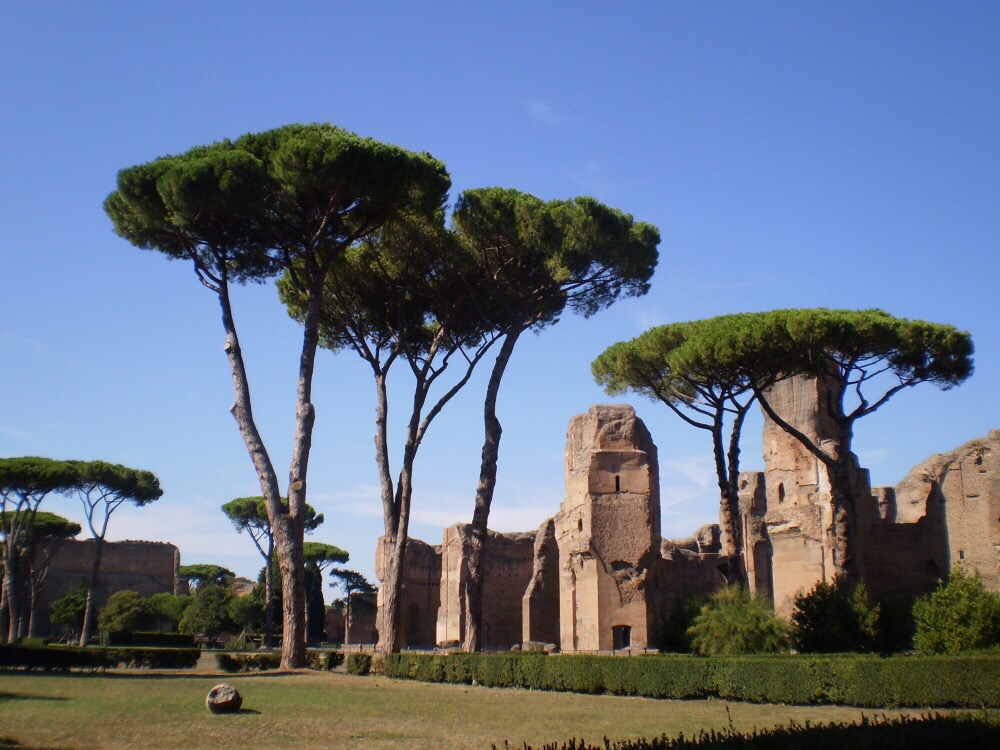
A lot of the most interesting Roman history is buried underground. Whenever you go in a church, see if there’s a subterranean section you can explore. The most amazing church in Rome is undoubtedly San Clemente, which sits on top of a labyrinth of ruins (underground churches, medieval frescoes, a mithraeum and even a river). Santi Giovanni e Paolo was built on top of some beautifully decorated Roman houses, while San Nicola in Carcere cleverly incorporates the architecture of three Roman pagan temples. Join Roma Sotterranea for special visits to more obscure underground sites, which are usually closed to the public.
Museums and Art Galleries
In addition to Rome’s most famous museums (such as the Vatican Museums and the Capitoline Museums), there are countless smaller museums that are criminally underrated. I’m always amazed by the lack of crowds at Palazzo Massimo. Despite a central location and a priceless collection of Roman statues, mosaics and frescoes (including the stunning garden frescoes of the Villa of Livia), no one seems to go there.
Centrale Montemartini is similarly overlooked. A power plant on Via Ostiense serves as the extension for the Capitoline Museum’s Greek and Roman sculpture collection, and in this unusual museum you’ll find marble gods juxtaposed with heavy machinery. For more Roman statues in a more traditional setting, visit the 16th century Palazzo Altemps. It’s a shame that the tourists flooding into nearby Piazza Navona are unaware that the museum houses an impressive collection in beautiful surroundings. A highlight is the 3rd Ludovisi Sarcophagus, which vividly depicts a violent battle between Romans and barbarians.
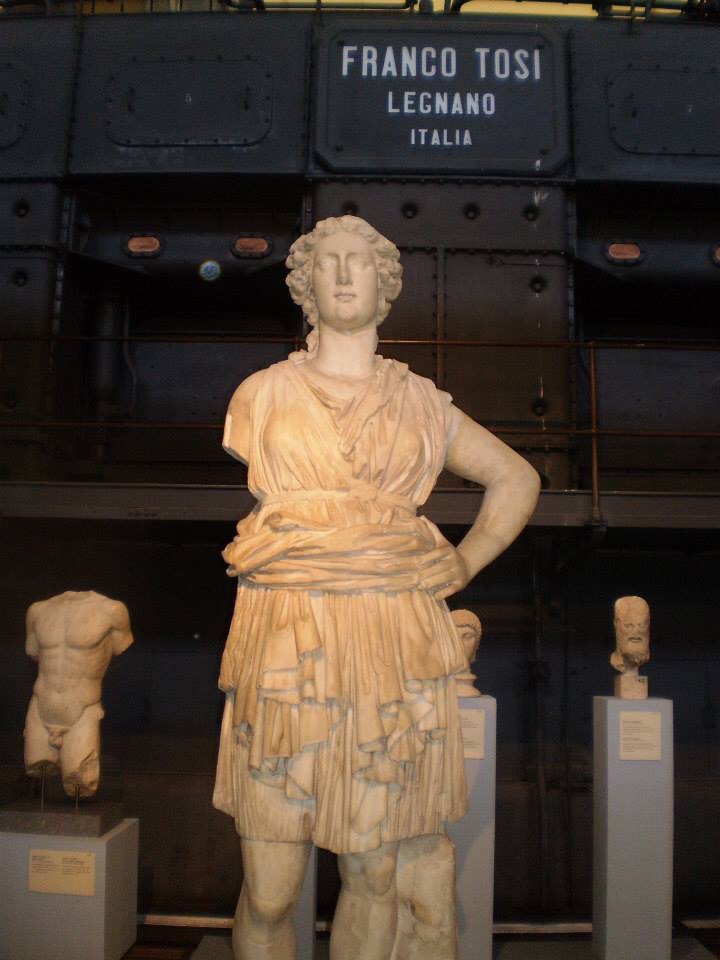
Villa Giulia, the National Etruscan Museum, is one of the best museums in Rome. It’s a little bit off the beaten path, as it’s nowhere near a metro station, but you can take a pleasant stroll through the gardens of the Villa Borghese to reach it, enjoying the sensation of leaving the city behind. The museum has a vast collection of Etruscan art and artefacts, which offers a fascinating insight into the mysterious lives of the Etruscans, a pre-Roman civilization.
Lovers of Renaissance art should head to Palazzo Barberini, which has paintings by Raphael, Tintoretto, Titian and Bronzino, to name just a few. Caravaggio’s Judith Beheading Holofernes is one of the highlights, along with Raphael’s seductive portrait of his mistress, La Fornarina, and Guido Reni’s portrait of Beatrice Cenci. Aside from the art, check out the famous spiral staircase by Borromini, and the underground Roman temple dedicated to the god Mithras (only accessible on a guided tour).
Restaurants and Nightlife
There are plenty of nice, reasonably-priced restaurants and bars in the centre of Rome, as long as you steer clear of places right next to famous monuments, and you don’t have to travel to the depths of suburbia for an authentic Roman meal.
However, it’s worth venturing beyond the edges of the tourist map every now and then. Testaccio, while hardly a secret, is still much less touristy than central Rome, and it’s here that you’ll find some of the best Roman food. Try Da Remo or Il Grottino for some proper, thin and crispy Roman pizza, or pick up a trapizzino at Trapizzino – it’s a kind of sandwich made with baked dough, and stuffed with traditional meaty fillings like tripe or tongue (there are vegetarian options too). Da Felice is deservedly famous, but if you want excellent Roman cuisine without having to book, try Da Bucatino for the classics, or the cosy La Fraschetta. One of my favourite meals in Rome is La Fraschetta’s cacio e pepe with cicoria, with focaccia fresh from the oven, and the restaurant gets extra points for its Caravaggio-themed decor.
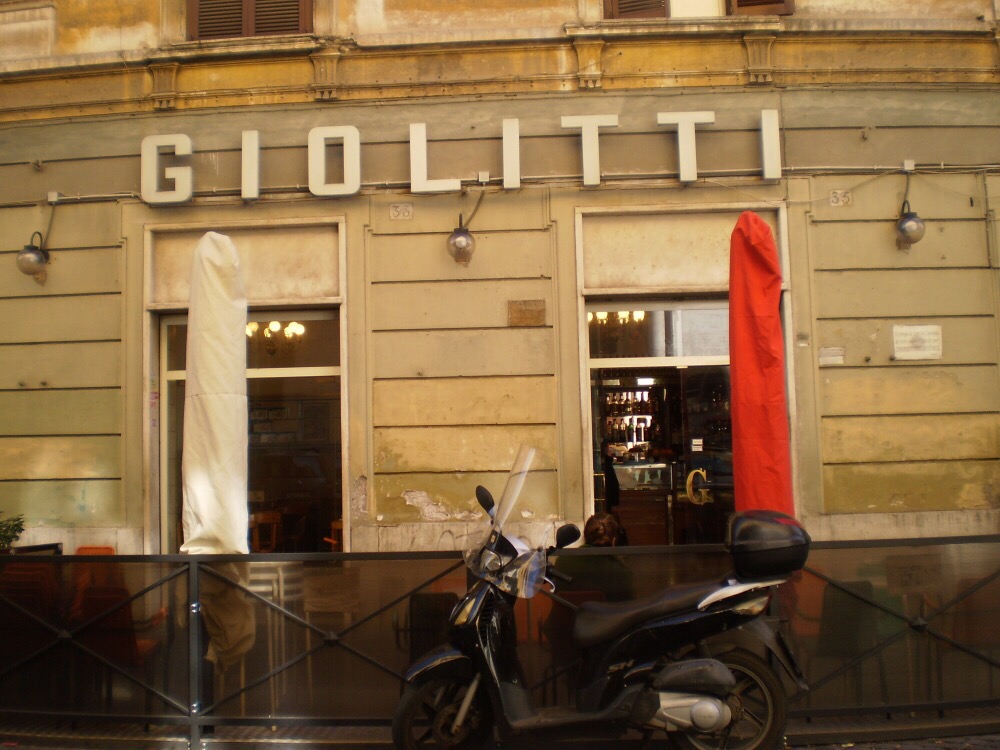
The areas south of Testaccio, Ostiense and Garbatella, are becoming increasingly cool, and there’s a great choice of places to eat and drink. Porto Fluviale specialises in organic wood-oven pizzas, while La Maisonette Ristrot, which is located in a 1920s house, makes a refreshing change from typical trattorias. Sipping cocktails in the garden, in the shadow of a gigantic, DNA-shaped bridge, the centro storico of Rome feels like another country altogether.
If you’d rather mix with students than tourists, go to San Lorenzo, a neighbourhood north of Termini. It’s particularly lively at night, and there’s a great choice of cheap bars and pizzerias. Go a little further north to Piazza Bologna and you’ll find the slightly bizarre Coffee Pot (a Japanese-Mexican restaurant and bar with a live DJ) as well as some more conventional drinking spots. Locals in the know head to Momart, a bar that does a very generous aperitivo – not just crisps and nuts, but as much pizza and pasta as you want. Just make sure you get there early.
Pigneto still has a slightly dodgy reputation, and you can probably expect to be offered drugs, or (if you’re a woman), catcalled at least once. But if you’re with a group of friends, taking the tram from Termini could lead to a fun night out, as Pigneto has a buzzing nightlife and is 99% guaranteed to be tourist-free. The isola pedonale of Via del Pigneto has lots of bars (and hipsters). Popular drinking spots include Cargo and the tiny Mezzo, a vermouth and cocktail bar. You’ll find some good restaurants in the back streets; Qui Se Magna serves generous portions of traditional Roman cuisine, while Margarì does great Neapolitan pizza. Combine wining and dining with live music at ‘Na Cosetta, which hosts regular jazz and swing concerts.
If all of the above suggestions are still too mainstream for you, head further east to Torpignattara. The ethnic mix is reminiscent of the area around Piazza Vittorio Emanuele, but in Torpignattara you’re much less likely to bump into tourists. In fact, the only non-Romans who find their way here are the ones who have been escorted by local friends, keen to show a more authentic side of their city. At Betto e Mary there are no menus – your waiter will rattle off the list of dishes in Italian, and then sigh heavily if you ask him to repeat anything – and there’s a strict “no formal clothes” policy. Good luck!
Greenery
“I just really need to see some trees.” After a few months of living in Rome, my flatmate was missing the greenery of New Zealand. Although umbrella pines are everywhere, big green spaces can be harder to find. The exception in the centre is the Villa Borghese, which is lovely, but it can get crowded at times.
I told my flatmate to go to Villa Doria Pamphili, a much larger park on the edge of the city centre. It’s great if you want to go jogging, or if you feel like escaping the noise and crowds of the city and getting a bit of fresh air. In the north of Rome is Villa Ada, another large park which hosts a popular music festival in the summer.
The Parco degli Acquedotti is a park with a difference. As the name suggests, it’s dominated by lengthy Roman aqueducts, and although it’s only a short distance from the centre of Rome, in parts it feels like the countryside. You might even see some sheep.
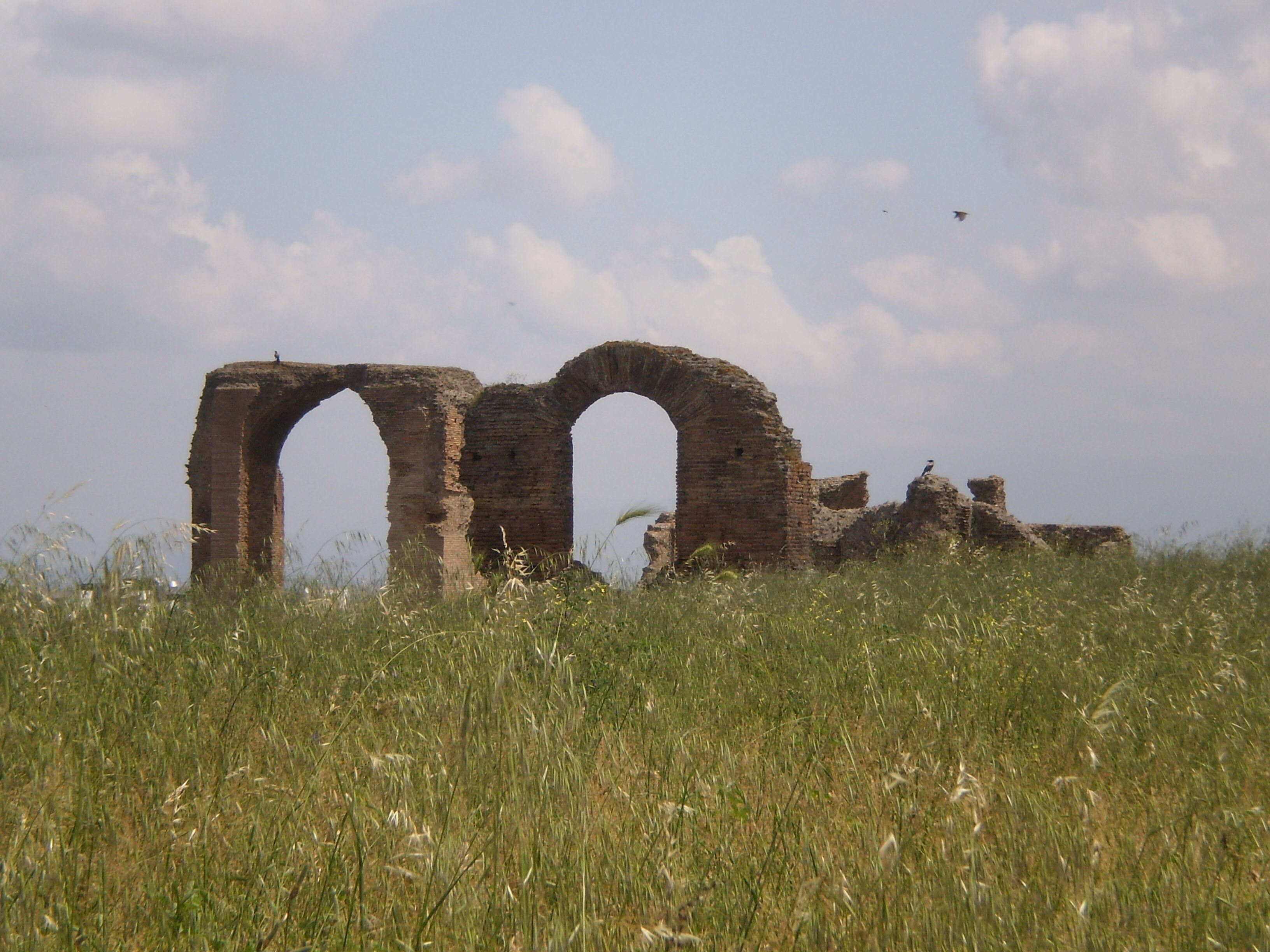
Cycling down the Appian Way is one of the loveliest ways to escape the city. This Roman road once stretched from Rome to Brindisi, and you can still walk/cycle/ride a horse along the section near Rome. The road is lined with cypresses, tombstones and fragments of statues, and if you explore the fields nearby you’ll find the ruins of Roman villas. On Sundays the Appian Way is (mostly) closed to traffic, and as you get further away from the city, you’ll have parts of the road to yourself.
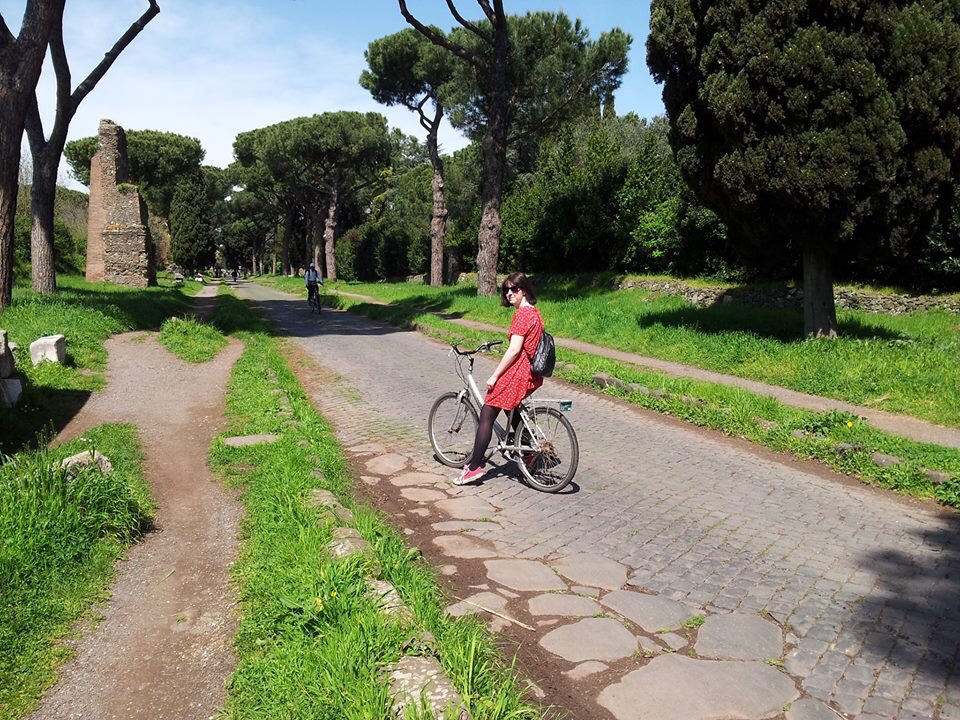
The Protestant Cemetery is probably the most peaceful place in Rome. Percy Bysshe Shelley said that “it might make one in love with death, to be buried in so sweet a place”, and he was later buried there himself. Many visitors come as part of a poetic pilgrimage, as fellow Romantic poet John Keats is also buried in the cemetery, along with a few other noteworthy writers and artists. You might think that hanging out in a cemetery would be a bit depressing, but the Protestant Cemetery has a strangely serene atmosphere. Bring a book, find a bench in the shade, and enjoy this haven of peace and quiet, just on the edge of the city centre.
Staying near Termini obviously has its advantages, but for a more authentic experience, try staying in a neighbourhood outside of the city centre. Rome is actually fairly small, for a capital city, and if you avoid the centre you can get the best of both worlds – good quality accommodation at lower prices, with easy access to the main sights.
The neighbourhoods that I recommended for food/nightlife – Testaccio, Ostiense, Garbatella, San Lorenzo, Piazza Bologna and Pigneto – are also worth checking out for cheap accommodation. You might get a good deal on Airbnb, or find some alternative hostels. The public transport in Rome is notoriously unreliable, but you can usually depend on the metro, and Testaccio, Ostiense, Garbatella and Bologna are all near metro stations. San Lorenzo is technically near Termini, but it’s slightly awkward to get to.
If you want to go a bit off the beaten path, but you’d like somewhere that’s quieter at night and well-connected, look for B&Bs in San Giovanni or Re di Roma. They’re mostly residential neighbourhoods, and there’s less in the way of sightseeing, but they’re conveniently located on the metro line (A), and the Colosseum is walking distance. Prati, the neighbourhood north of the Vatican, is more upmarket, and as long as you keep your distance from St Peter’s, you can avoid the crowds.
Author Bio:
Alexandra Turney lives in Rome, where she works for the tour company Through Eternity. She writes about life in Rome on her blog, Go Thou to Rome.
